Email sales@AllianceChemical.com for 24/7 Expert Support
-
512-365-6838
-
Sodium Hypochlorite 12.5%
Category : Bases
$15.00
Liquid error (snippets/product-blocks line 100): divided by 0
Off
Unit price
/
Shipping Notice: Possible Hazmat Fees
💡 Smart Shipping Tip: Quart & Liter Sizes Often Avoid Hazmat Fees
This size may be classified as hazmat and can incur additional carrier fees. See shipping guide
- ✅ Good news: 1 Quart containers qualify as "Limited Quantity" and bypass hazmat rules
- 💡 Pro tip: Order multiple 1 Quart containers to avoid hazmat fees entirely
- 💰 Hazmat fees can get expensive - especially for larger containers (carrier charges, not our markup)
- 🚚 Ground shipping only - no expedited options for sizes over 1 Qt/1L
Required by 49 CFR § 173.150 for chemical containers larger than 1 quart. Actual fees shown at checkout. View our complete shipping guide →
✅ Great Choice! No Hazmat Fees
1 Quart containers qualify as "Limited Quantity" and avoid hazmat shipping fees.
- 🚀 Faster shipping: Eligible for expedited shipping options including air transport
- 💰 No hazmat fees: Ships as "Limited Quantity" per DOT regulations
- 📦 Convenient size: Perfect for testing or smaller applications
- ♻️ Smart choice: Order multiple quarts to get the volume you need without hazmat charges
Exempted under 49 CFR § 173.150 Limited Quantity provisions for containers ≤1 liter/quart. Learn more in our shipping guide →
Quantity
Size:
Variation:
-
$15.00Delivery every$14.25
-
$18.95Delivery every$18.00
-
$24.00Delivery every$22.80
-
$28.75Delivery every$27.31
-
$21.50Delivery every$20.43
-
$39.00Delivery every$37.05
-
$72.00Delivery every$68.40
-
$1,880.00Delivery every$1,786.00
-
$120.00Delivery every$114.00
-
$440.00Delivery every$418.00
-
$1,798.49Delivery every$1,708.57
-
$270.00Delivery every$256.50
-
$375.00Delivery every$356.25
-
$1,450.00Delivery every$1,377.50
-
$1,750.00Delivery every$1,662.50
-
$1,995.00Delivery every$1,895.25
$15.00
Liquid error (snippets/product-sticky-blocks line 69): divided by 0
Off
Unit price
/
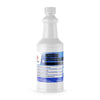
Sodium Hypochlorite 12.5%
$15.00
Liquid error (snippets/sticky-product line 56): divided by 0
Off
Unit price
/
Size:
Variation:
-
$15.00Delivery every$14.25
-
$18.95Delivery every$18.00
-
$24.00Delivery every$22.80
-
$28.75Delivery every$27.31
-
$21.50Delivery every$20.43
-
$39.00Delivery every$37.05
-
$72.00Delivery every$68.40
-
$1,880.00Delivery every$1,786.00
-
$120.00Delivery every$114.00
-
$440.00Delivery every$418.00
-
$1,798.49Delivery every$1,708.57
-
$270.00Delivery every$256.50
-
$375.00Delivery every$356.25
-
$1,450.00Delivery every$1,377.50
-
$1,750.00Delivery every$1,662.50
-
$1,995.00Delivery every$1,895.25
Ask a question
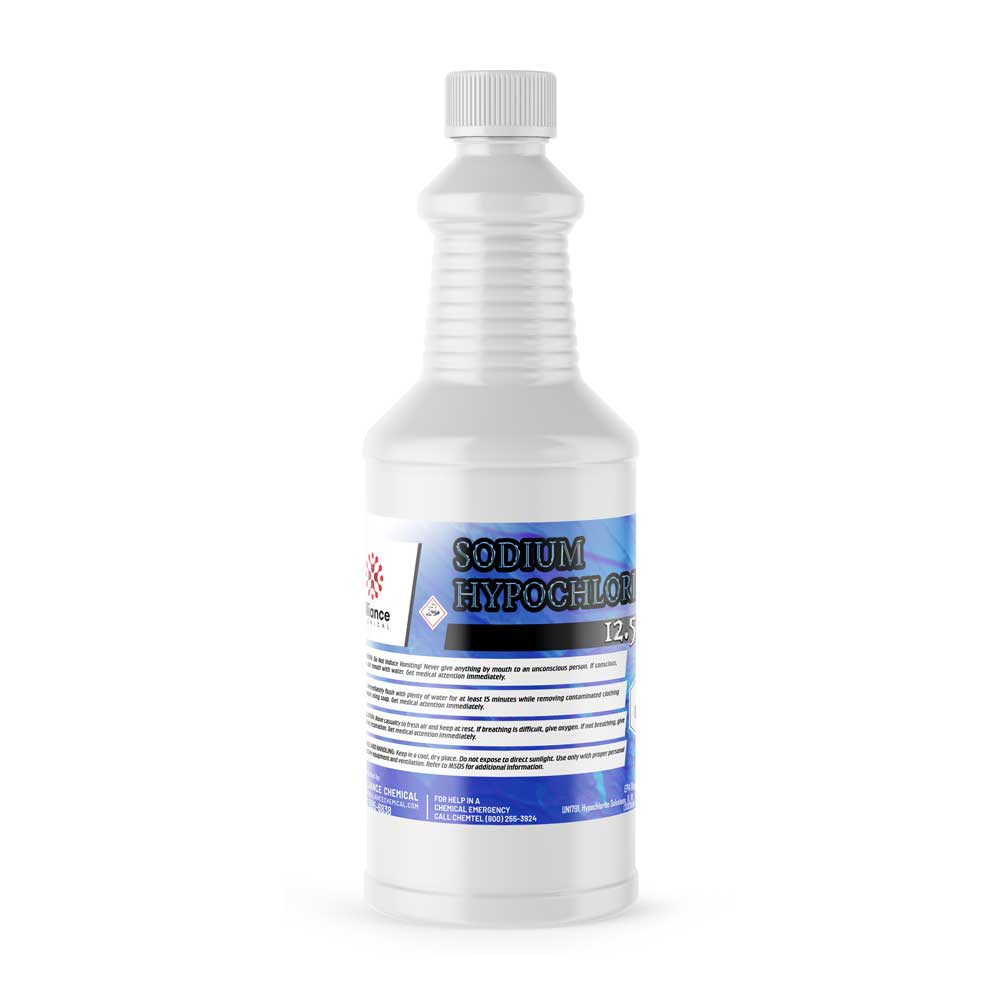
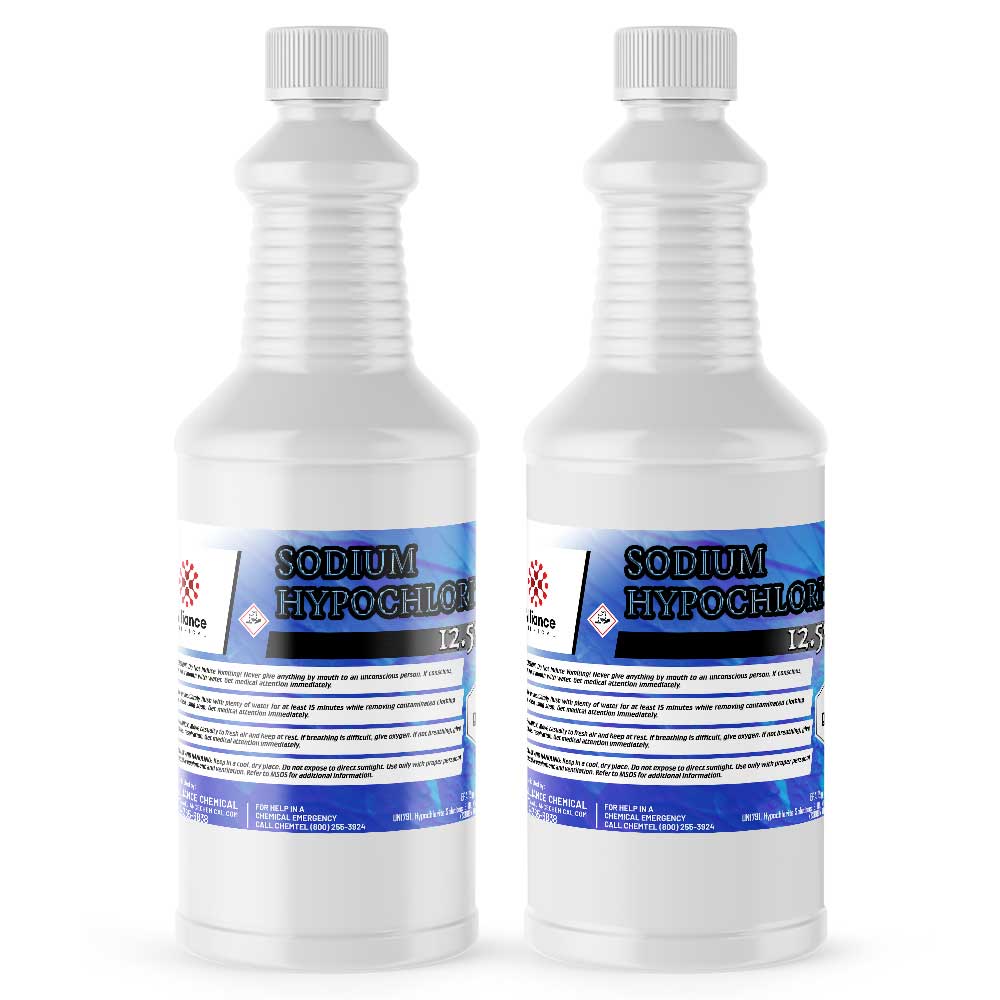
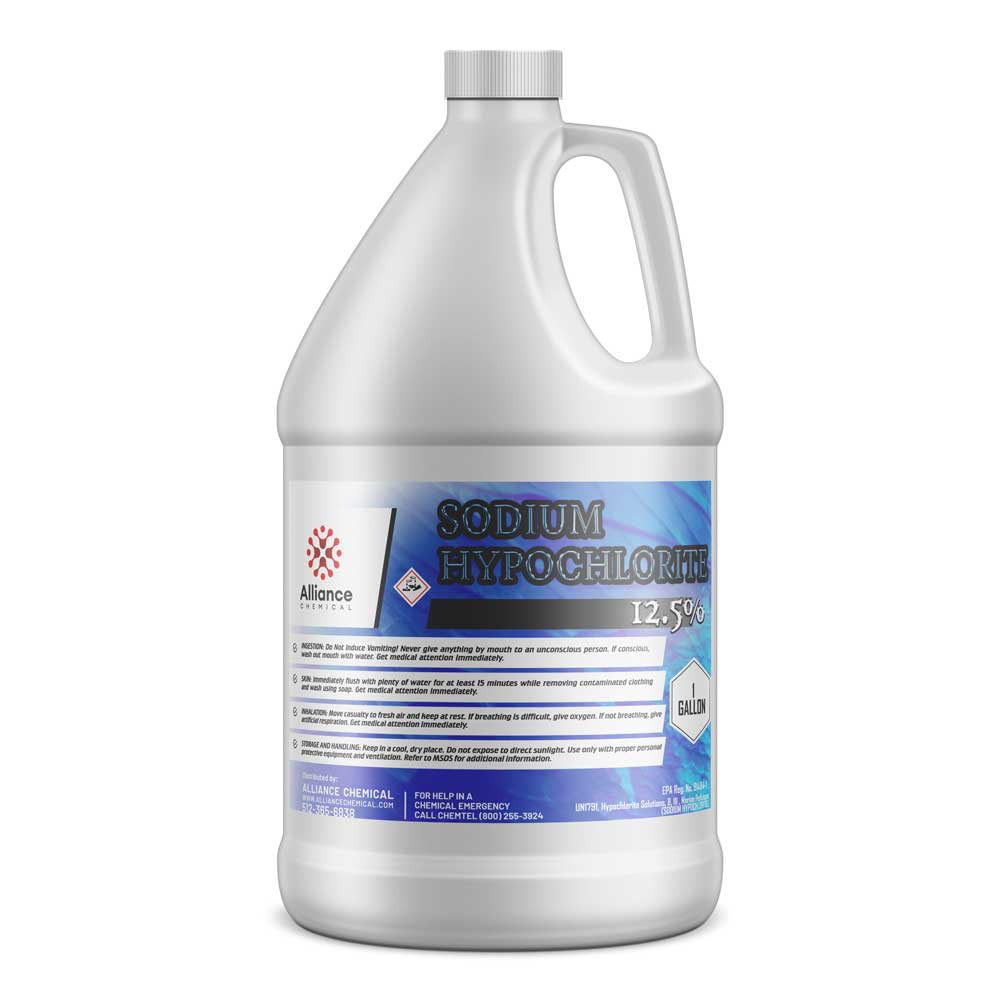
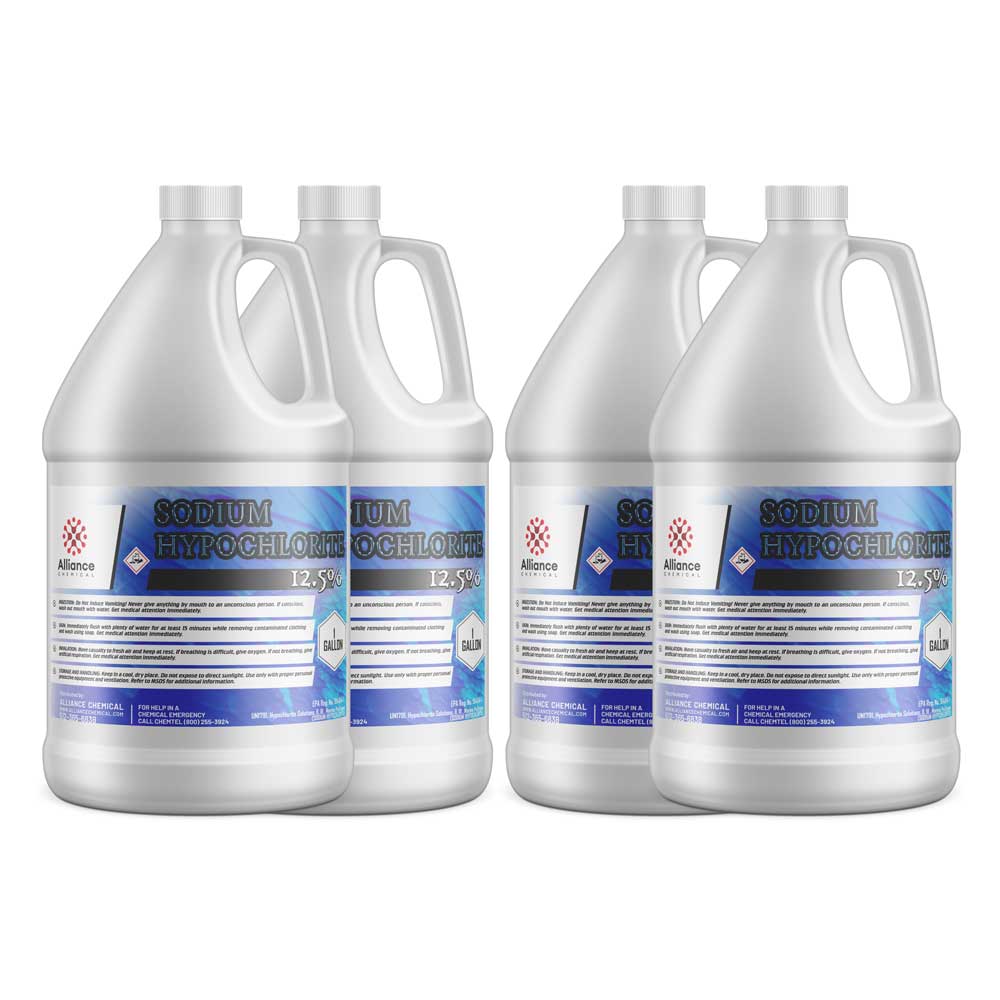
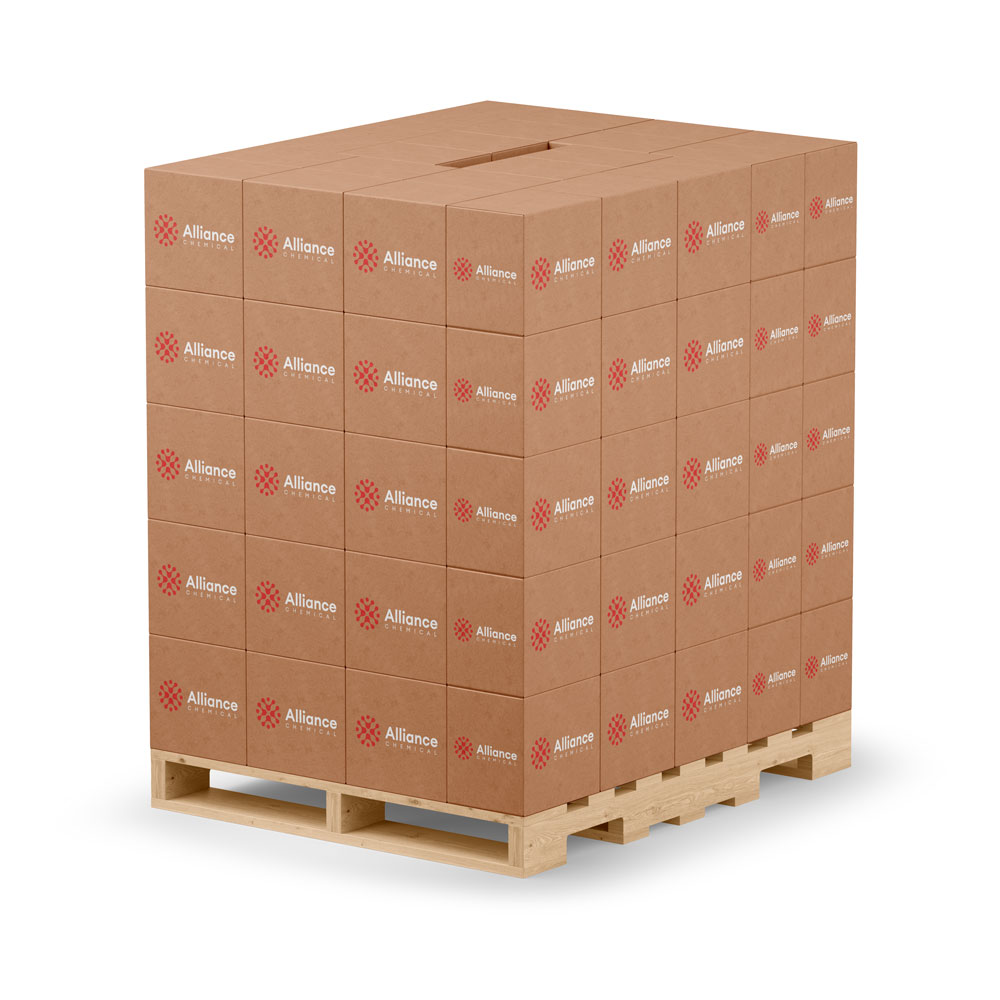

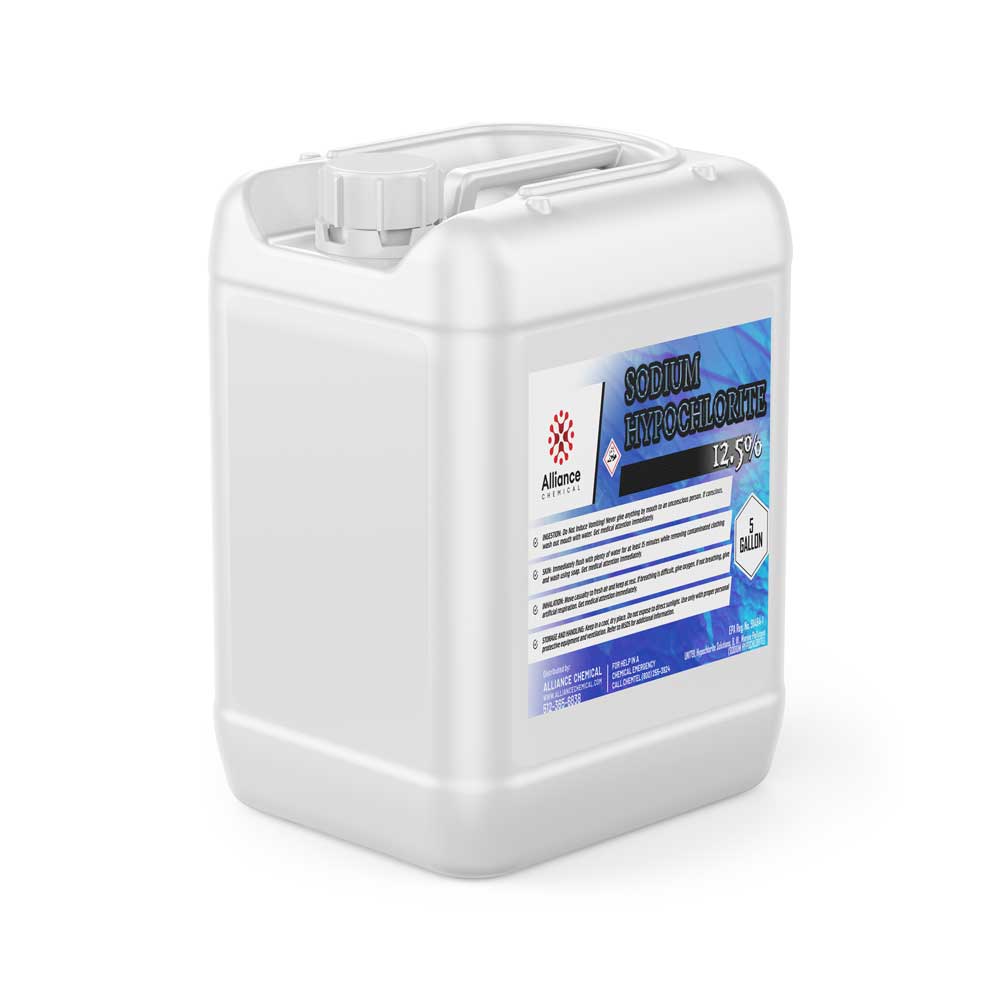
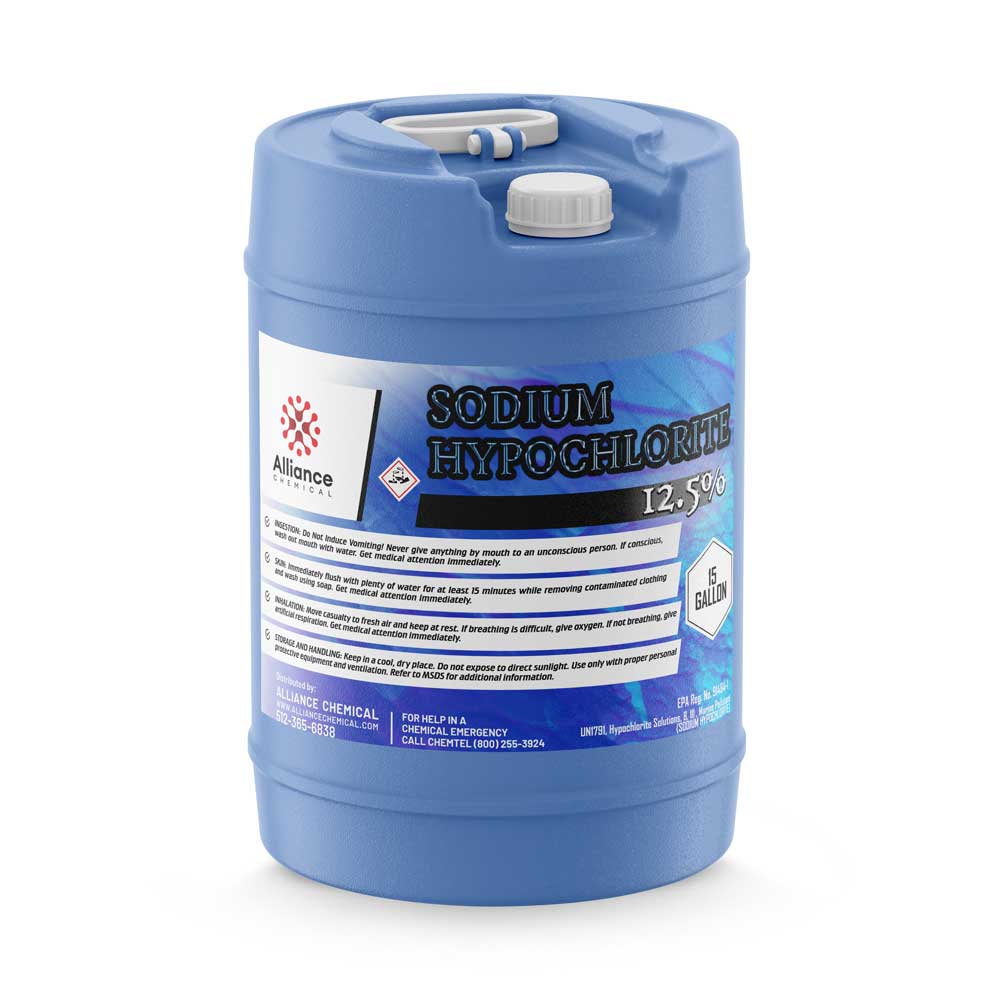
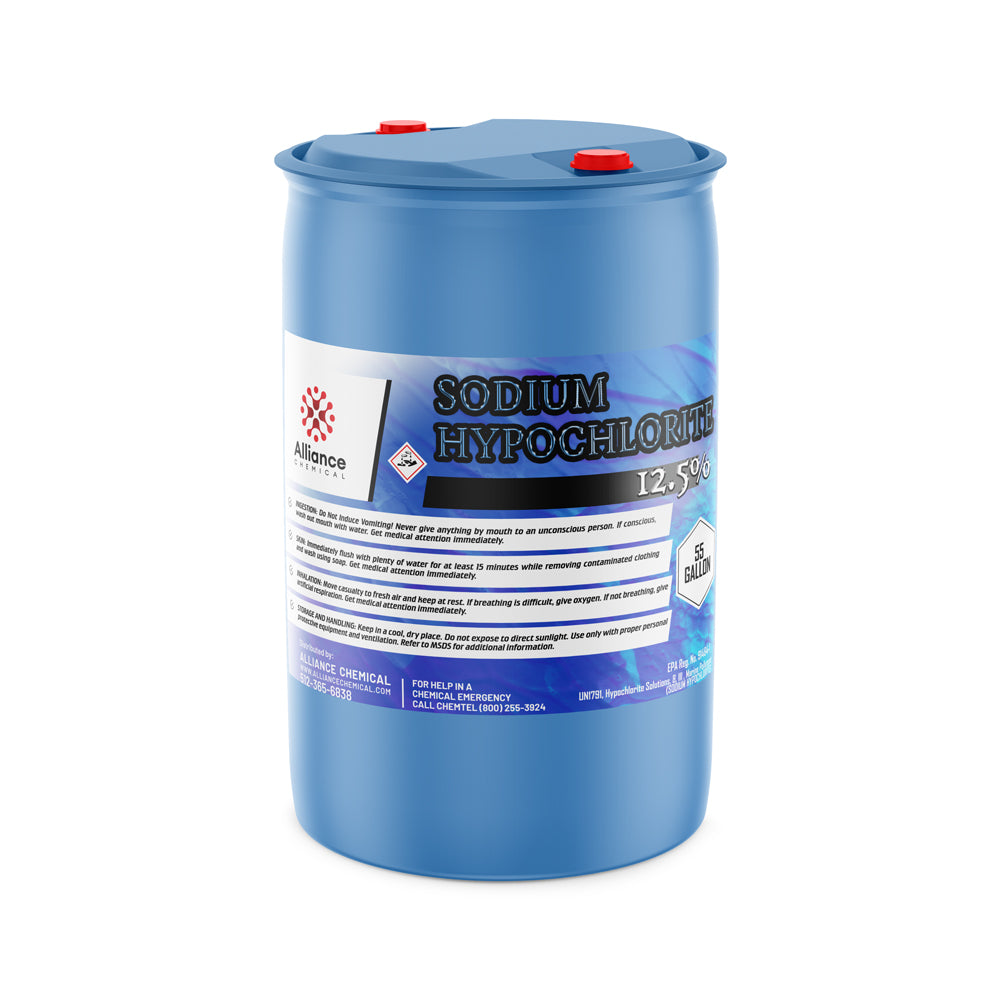
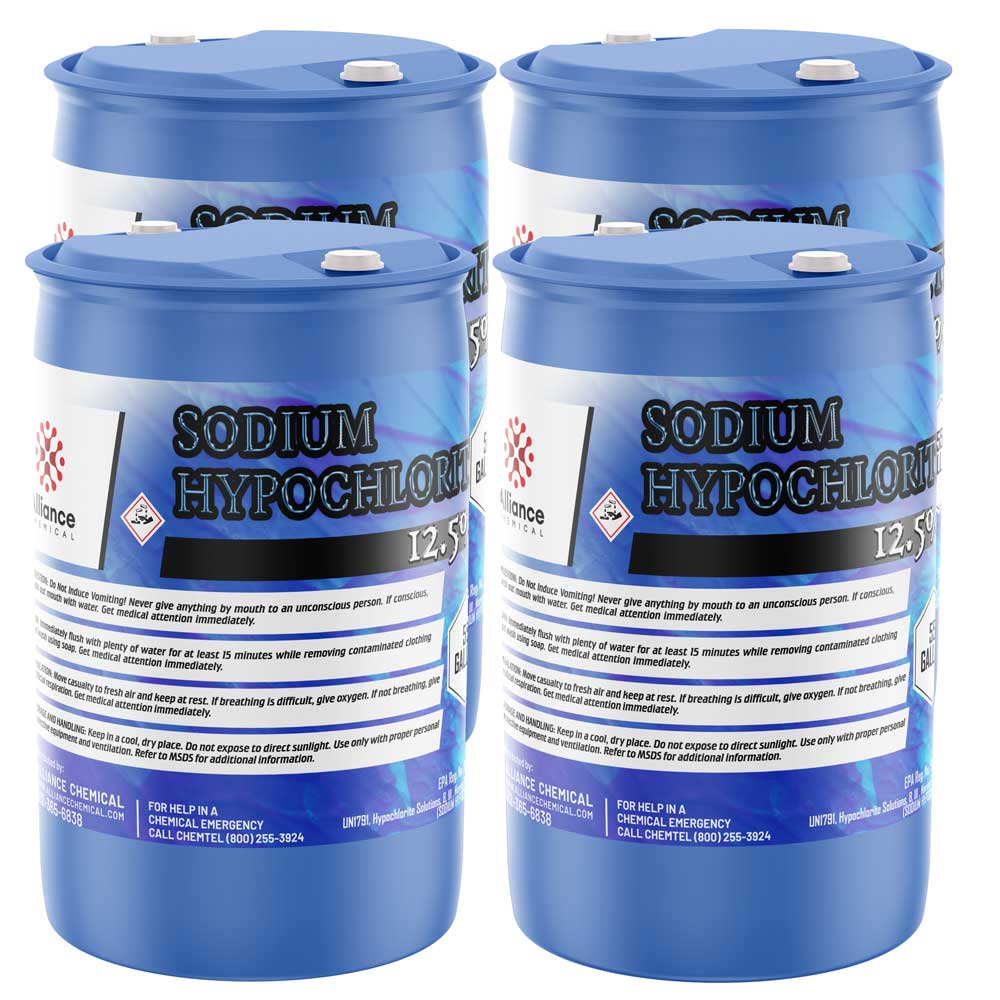
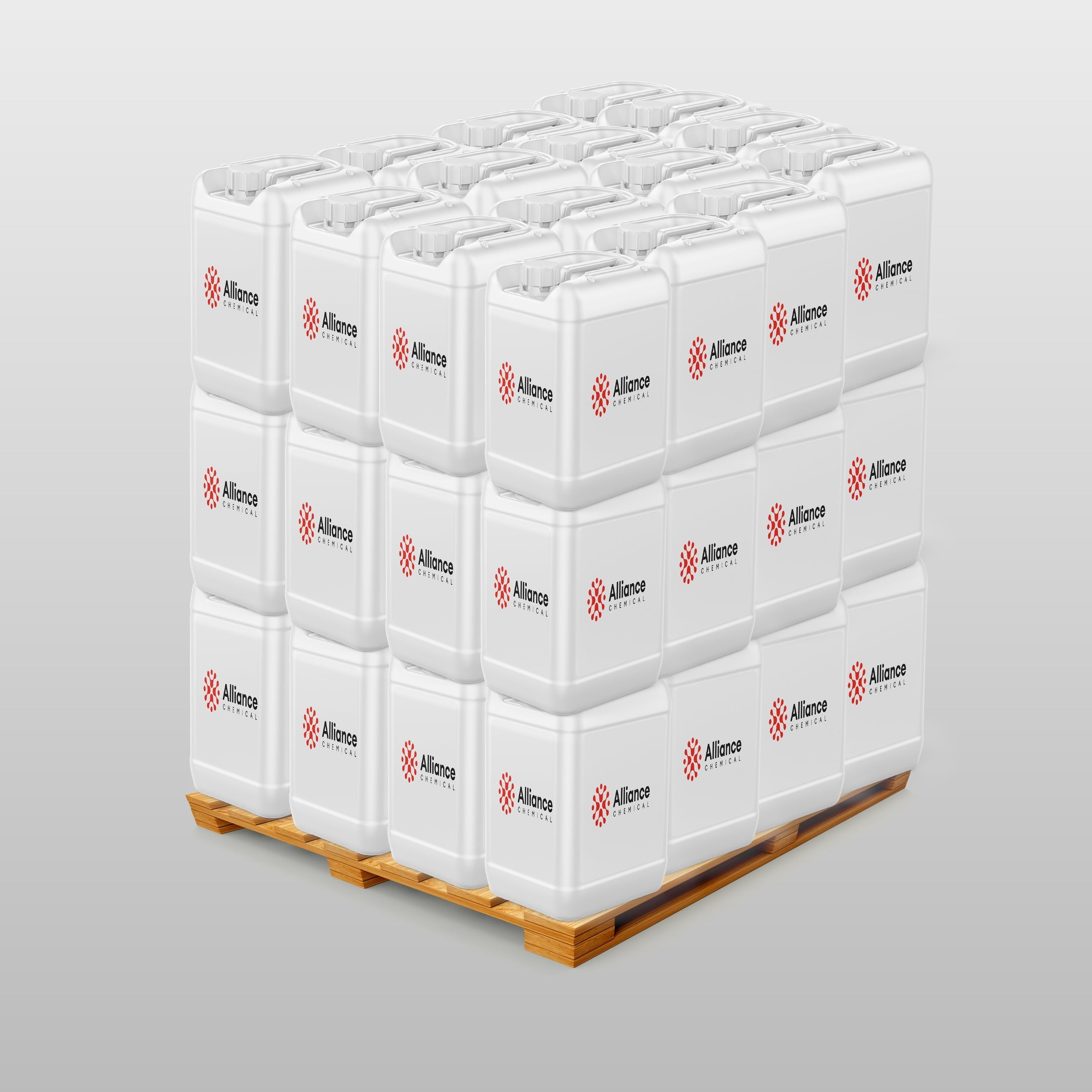
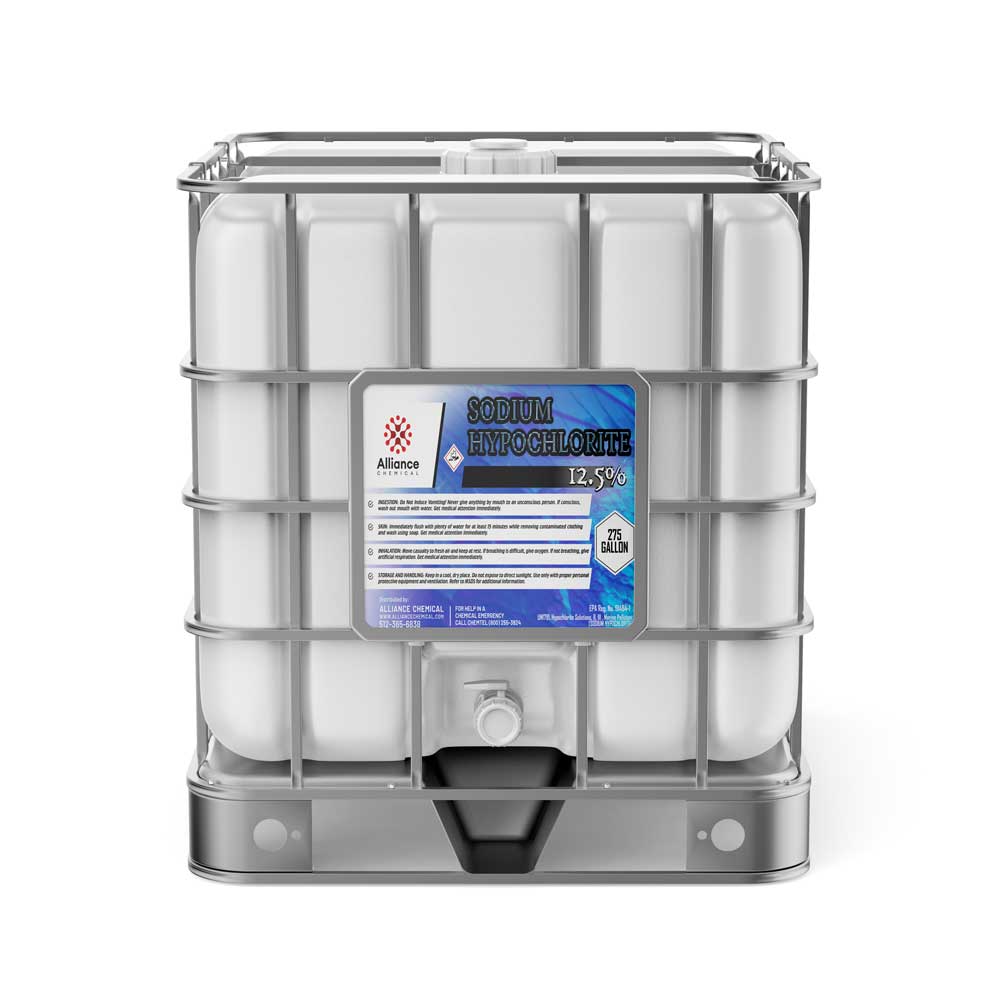
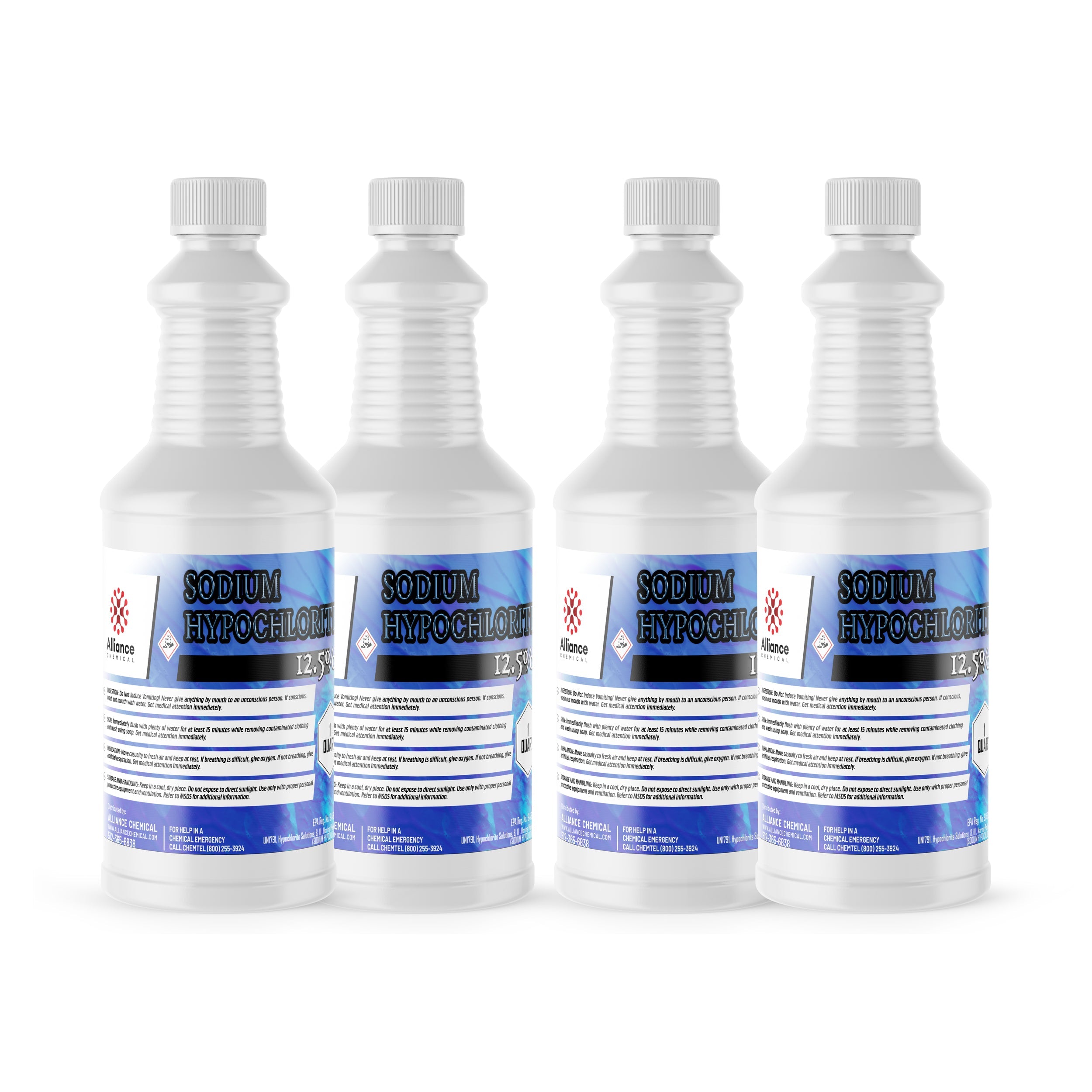
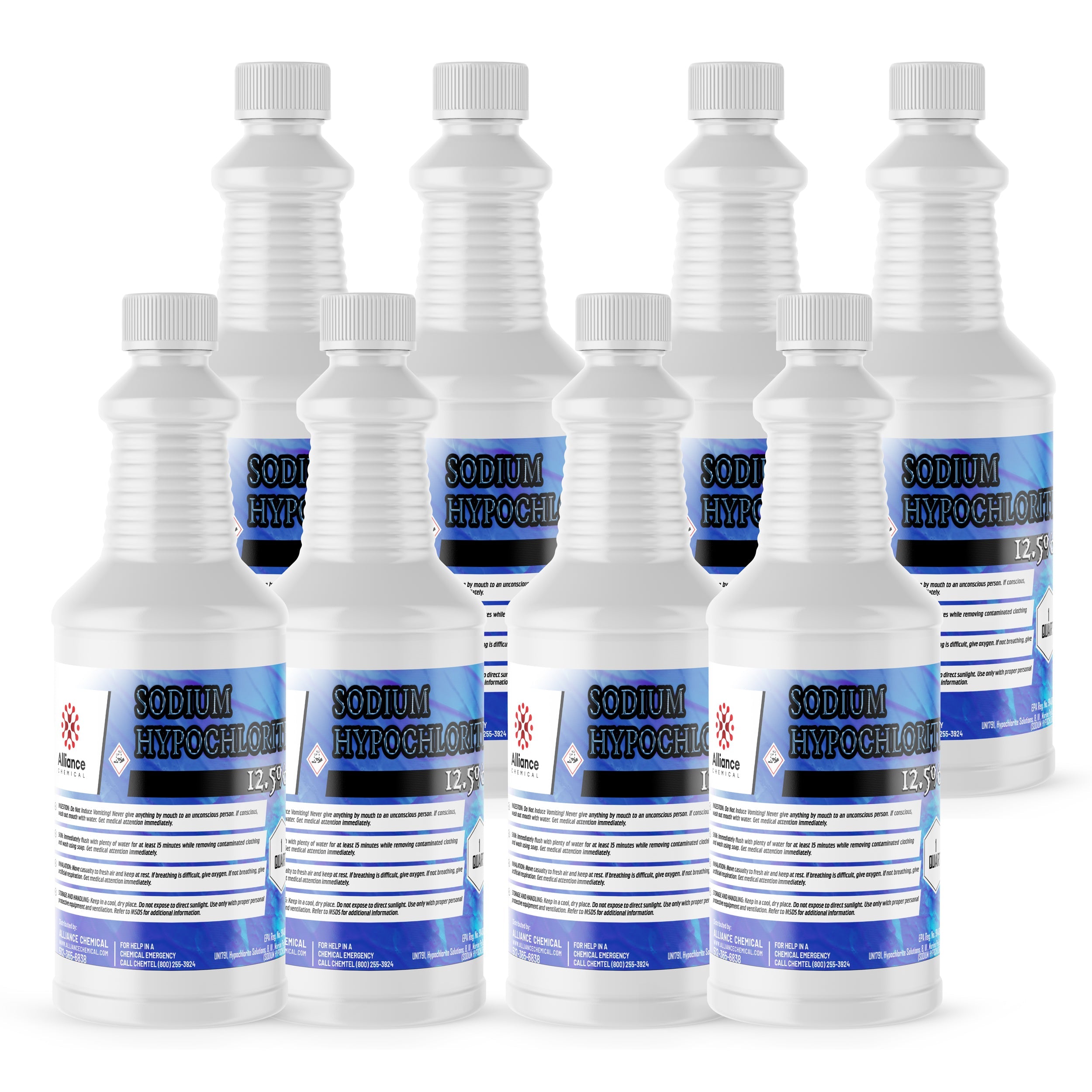
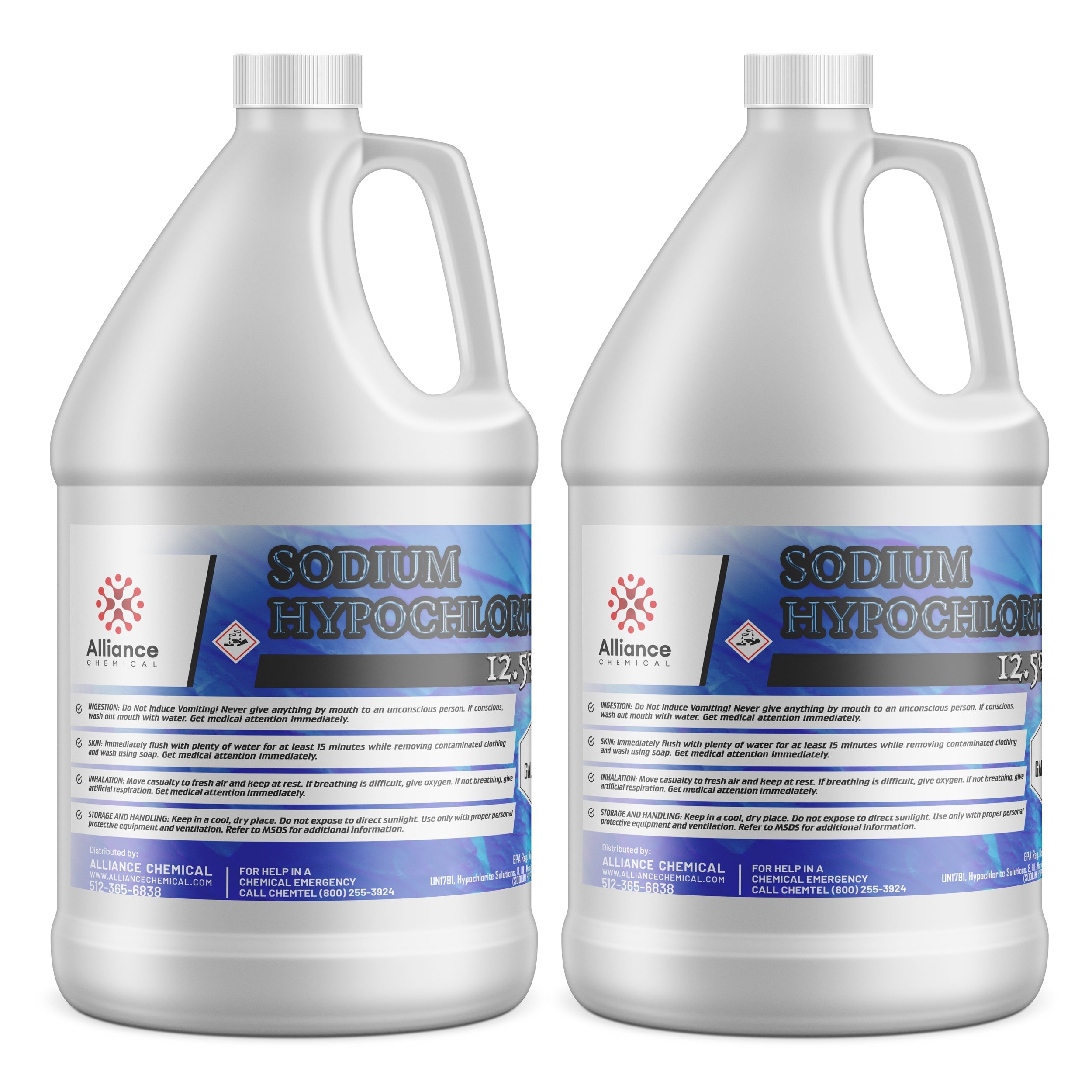
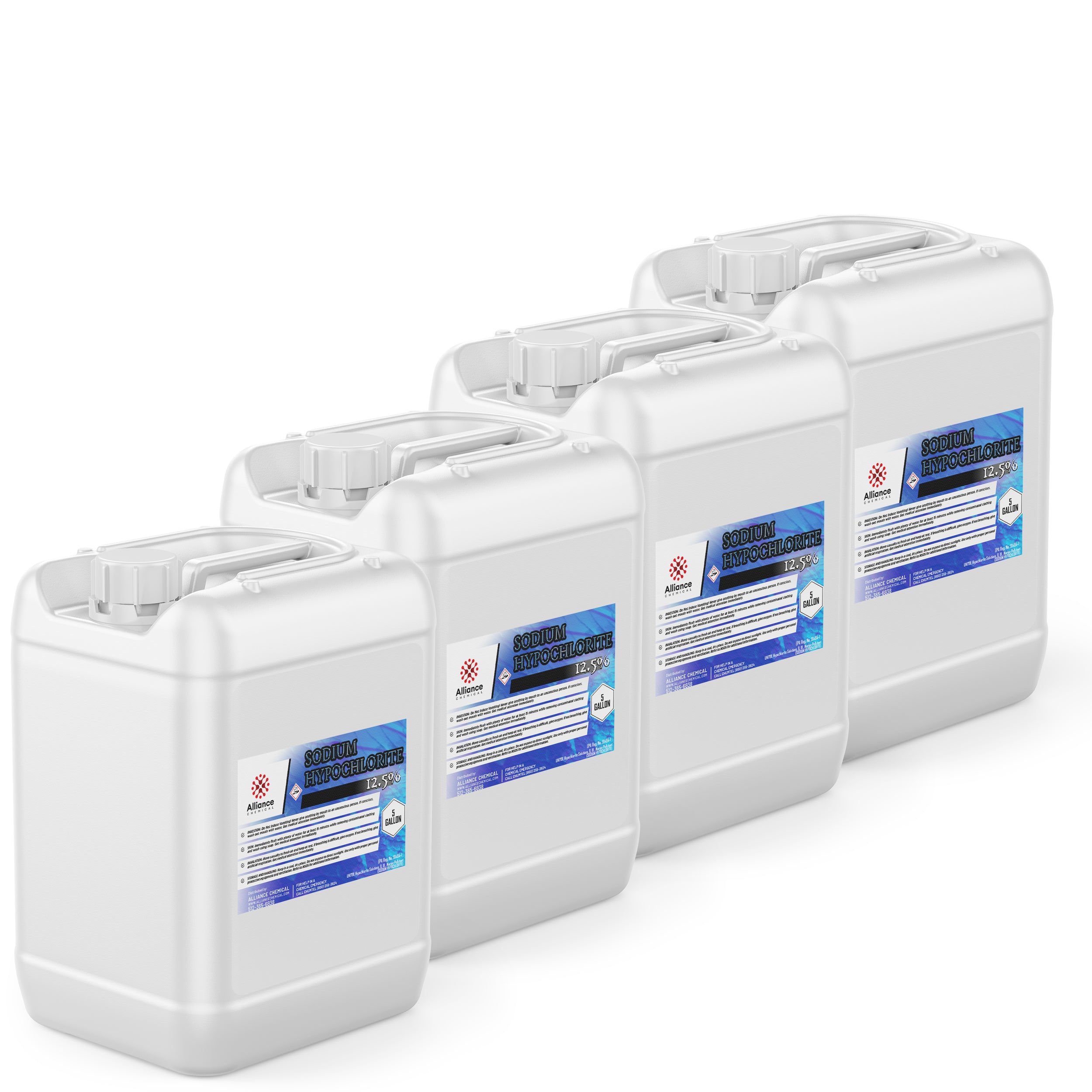
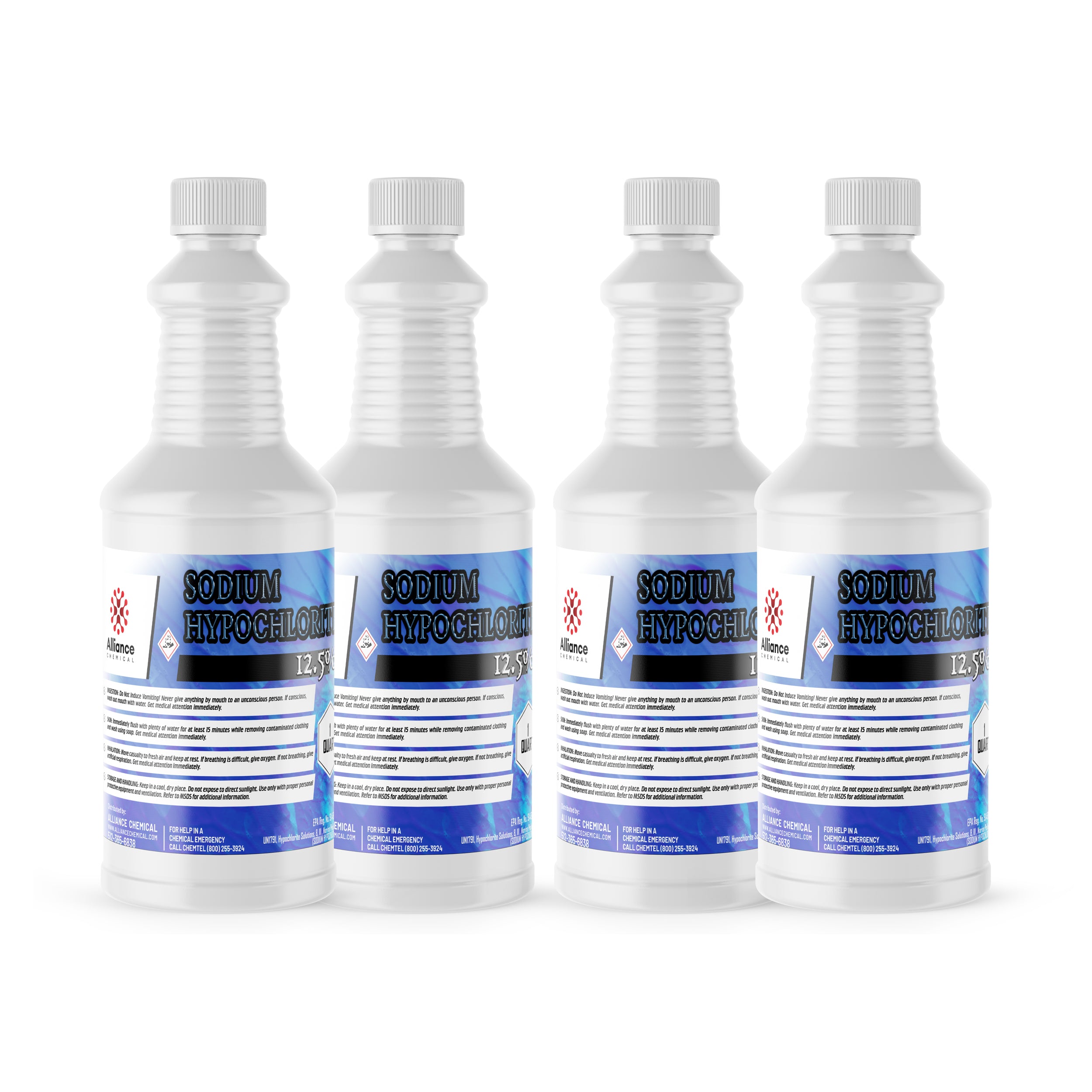
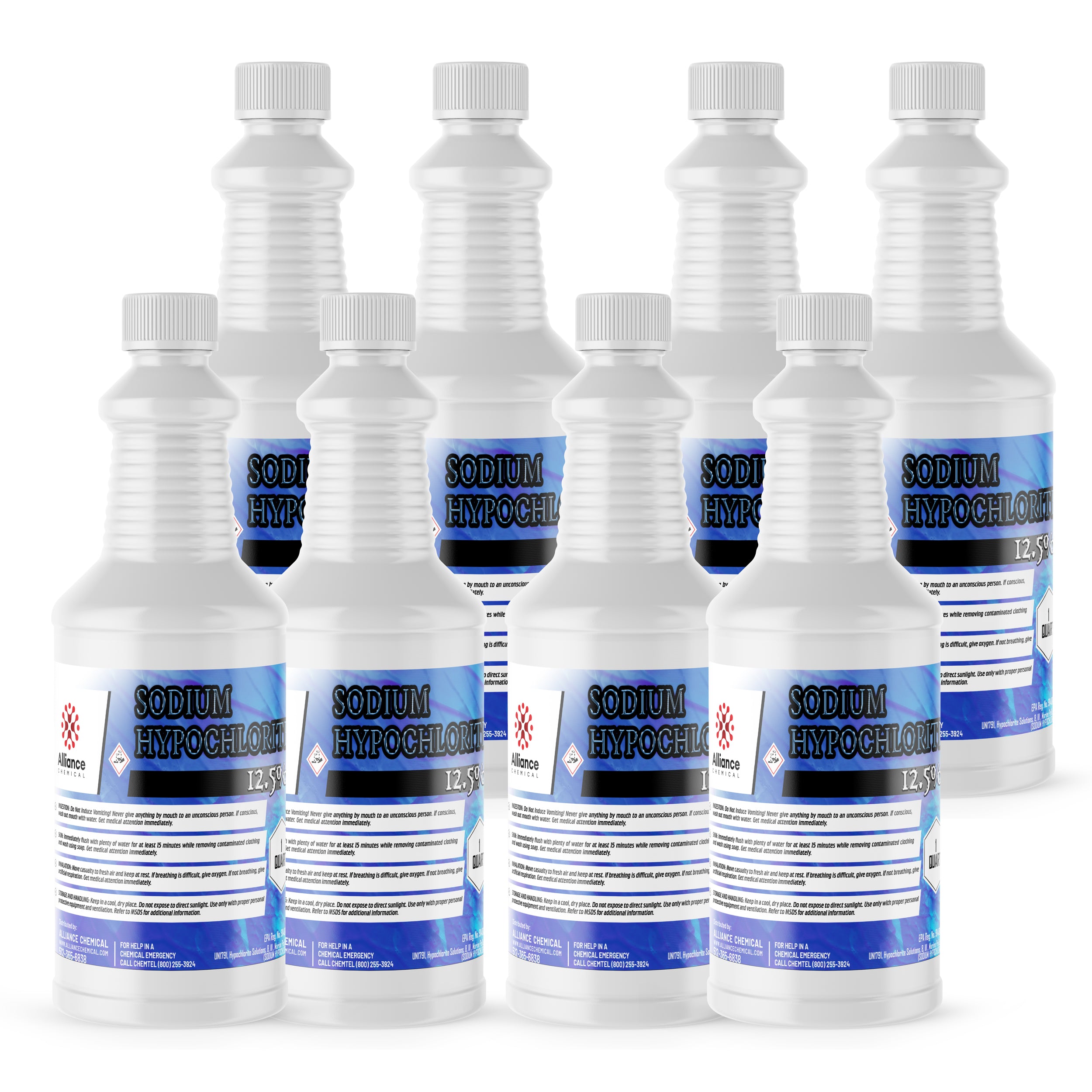
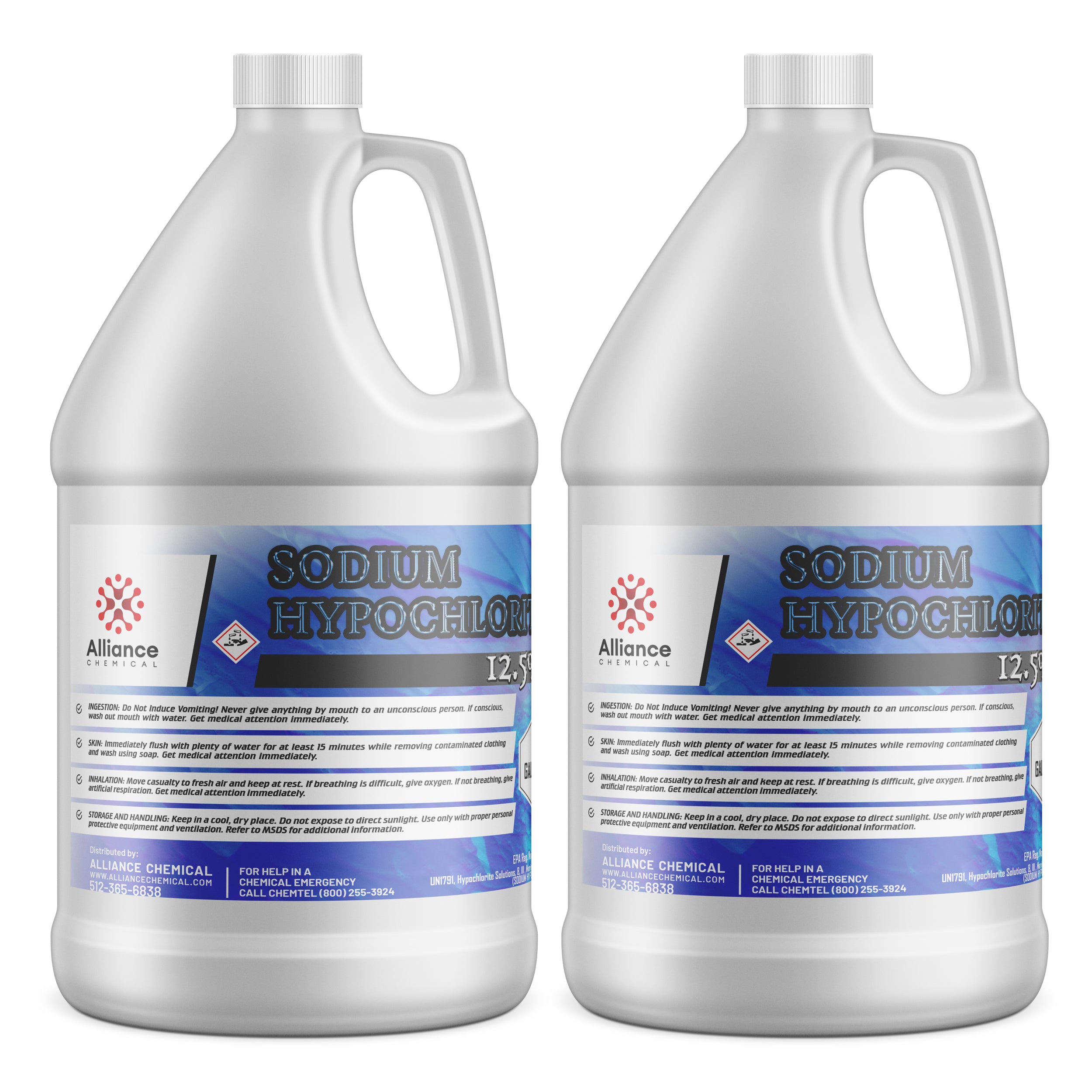
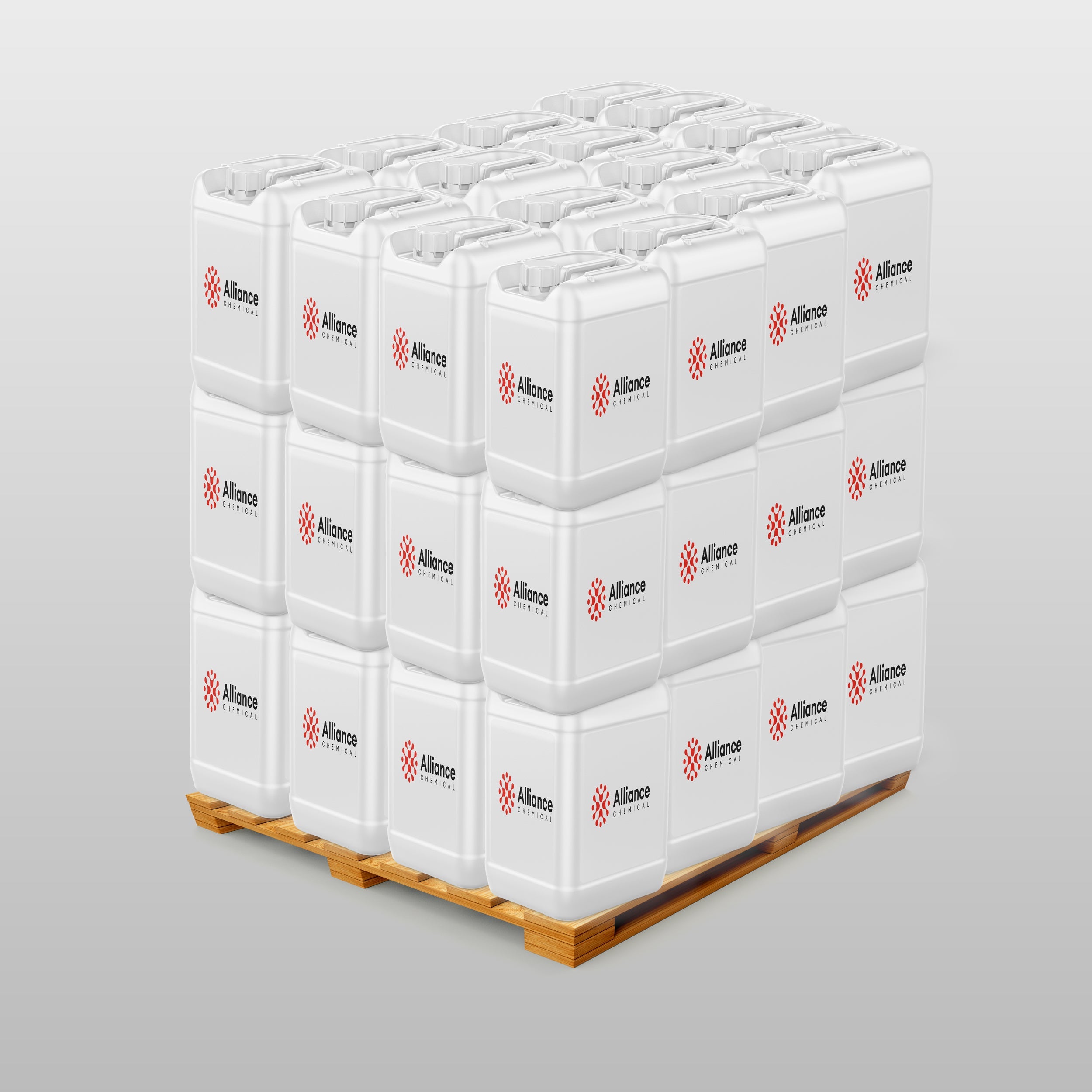
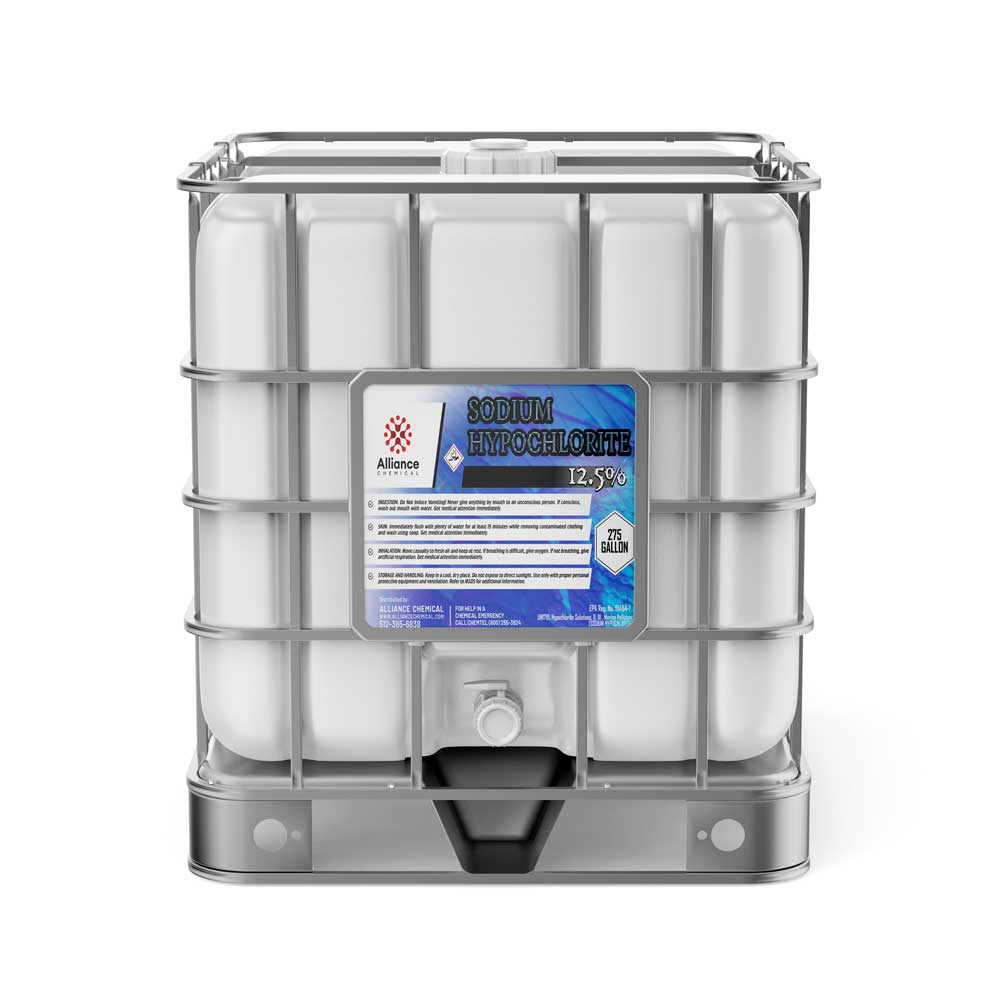

- Description
- Product Documents
Product Overview
Sodium Hypochlorite 12.5% (Technical Grade) is a clear, pale yellow liquid characterized by strong oxidizing properties, making it essential for demanding industrial environments. Commonly referred to as industrial bleach or liquid chlorine, the solution is prepared to deliver available chlorine content in the 12.5–13.0 wt% range (typical 12.8%). This concentration enables consistent performance across processes requiring rapid oxidation. Its density at 25°C is approximately 1.20 g/mL, with a boiling point around 101.5°C, ensuring predictable handling and dosing in large-scale systems.
This product is supplied with rigorous quality control, including titration-based assay verification and impurity profiling to minimize contaminants that could impact downstream reactions. The formulation is strictly designed for use in water treatment, pH adjustment, and oxidative processes in accordance with Technical Grade specifications. Sodium hypochlorite solutions are widely adopted in environmental engineering, chemical manufacturing, and laboratory settings where controlled oxidizing capacity is essential for process reliability.
Applications span from wastewater treatment to industrial textile bleaching and laboratory analytics. The product is compatible with HDPE and glass containers and must be stored in cool, dry environments away from direct sunlight to preserve stability. Proper handling requires appropriate PPE and adherence to SDS guidelines. This description reflects current TDS data to ensure trusted performance in critical operations.
Key Properties
- Chemical Formula: NaOCl
- CAS Number: 7681-52-9
- Grade: Technical
- Appearance: Clear, pale yellow liquid
- Odor: Chlorine-like odor
- Molecular Weight: 74.44 g/mol
- Density (25°C): ~1.20 g/mL
- Boiling Point: 101.5°C
- Solubility: Soluble in water
- Specific Gravity (20°C): 1.19 – 1.22 (typical 1.205)
- Available Chlorine (wt%): 12.5 – 13.0% (typical 12.8%)
Common Applications
- Water Treatment: Used in the environmental treatment of wastewater streams for odor control and oxidation of organic contaminants.
- Bleaching Agent: Employed in the textile and paper industries for fabric and fiber whitening requiring controlled oxidation performance.
- Chemical Manufacturing: Acts as a strong oxidizer in chemical synthesis and reaction workflows.
- pH Adjustment: Used in industrial processes leveraging oxidative strength in controlled pH-modification workflows.
- Laboratory Reagent: Serves as a standard reagent for oxidation-based analytical methods.
- Process Cleaning: Effective for degreasing and surface preparation in industrial maintenance where oxidizing cleaning action is required.
Safety Precautions
Handle with appropriate PPE including chemical splash goggles, face shield, chemical-resistant gloves, and protective clothing. Store in a cool, dry place away from direct sunlight, acids, and organic materials, using containers made of HDPE or glass. Ensure proper ventilation in storage areas to minimize vapor buildup. The material is a strong oxidizer and can pose risks of skin and eye irritation; avoid inhalation of vapor.
Transport follows UN 1791 guidelines for hypochlorite solutions (Class 8, PG II). Consult the Safety Data Sheet (SDS) for detailed first-aid actions, spill containment procedures, and compatibility data before use.
Benefits
High available chlorine content – Provides strong, consistent oxidation capabilities across batch sizes and process scales.
Technical Grade reliability – Meets industrial specifications with rigorous QA, ensuring reproducible performance.
Related Products
| Property | Value |
|---|---|
| Molecular Weight | 74.44 g/mol g/mol |
| Formula | NaOCl |
| Assay | 12.5% |
| Flash Point | null |
| Form | Liquid |
| Solubility | Highly water soluble, reacts with aqueous solutions |
| Appearance | Pale yellow liquid |
| Melting Point | '-6°C °C |
| Boiling Point | 40°C °C |
| Specific Gravity | 1.2 |
| Industry | Industrial, Environmental, Wastewater, Chemical Processing, Water Treatment |
Other top rated products






















7L-EQCS-I9W9
$15.00
Liquid error (snippets/product-blocks line 100): divided by 0
Off
Unit price
/
Shipping Notice: Possible Hazmat Fees
💡 Smart Shipping Tip: Quart & Liter Sizes Often Avoid Hazmat Fees
This size may be classified as hazmat and can incur additional carrier fees. See shipping guide
- ✅ Good news: 1 Quart containers qualify as "Limited Quantity" and bypass hazmat rules
- 💡 Pro tip: Order multiple 1 Quart containers to avoid hazmat fees entirely
- 💰 Hazmat fees can get expensive - especially for larger containers (carrier charges, not our markup)
- 🚚 Ground shipping only - no expedited options for sizes over 1 Qt/1L
Required by 49 CFR § 173.150 for chemical containers larger than 1 quart. Actual fees shown at checkout. View our complete shipping guide →
✅ Great Choice! No Hazmat Fees
1 Quart containers qualify as "Limited Quantity" and avoid hazmat shipping fees.
- 🚀 Faster shipping: Eligible for expedited shipping options including air transport
- 💰 No hazmat fees: Ships as "Limited Quantity" per DOT regulations
- 📦 Convenient size: Perfect for testing or smaller applications
- ♻️ Smart choice: Order multiple quarts to get the volume you need without hazmat charges
Exempted under 49 CFR § 173.150 Limited Quantity provisions for containers ≤1 liter/quart. Learn more in our shipping guide →
Size:
Variation:
-
$15.00Delivery every$14.25
-
$18.95Delivery every$18.00
-
$24.00Delivery every$22.80
-
$28.75Delivery every$27.31
-
$21.50Delivery every$20.43
-
$39.00Delivery every$37.05
-
$72.00Delivery every$68.40
-
$1,880.00Delivery every$1,786.00
-
$120.00Delivery every$114.00
-
$440.00Delivery every$418.00
-
$1,798.49Delivery every$1,708.57
-
$270.00Delivery every$256.50
-
$375.00Delivery every$356.25
-
$1,450.00Delivery every$1,377.50
-
$1,750.00Delivery every$1,662.50
-
$1,995.00Delivery every$1,895.25
Compare Products
| Price |
|---|
| SKU |
| Rating |
| Discount |
| Vendor |
| Tags |
| Weight |
| Stock |
| Short Description |
